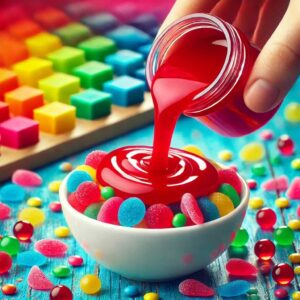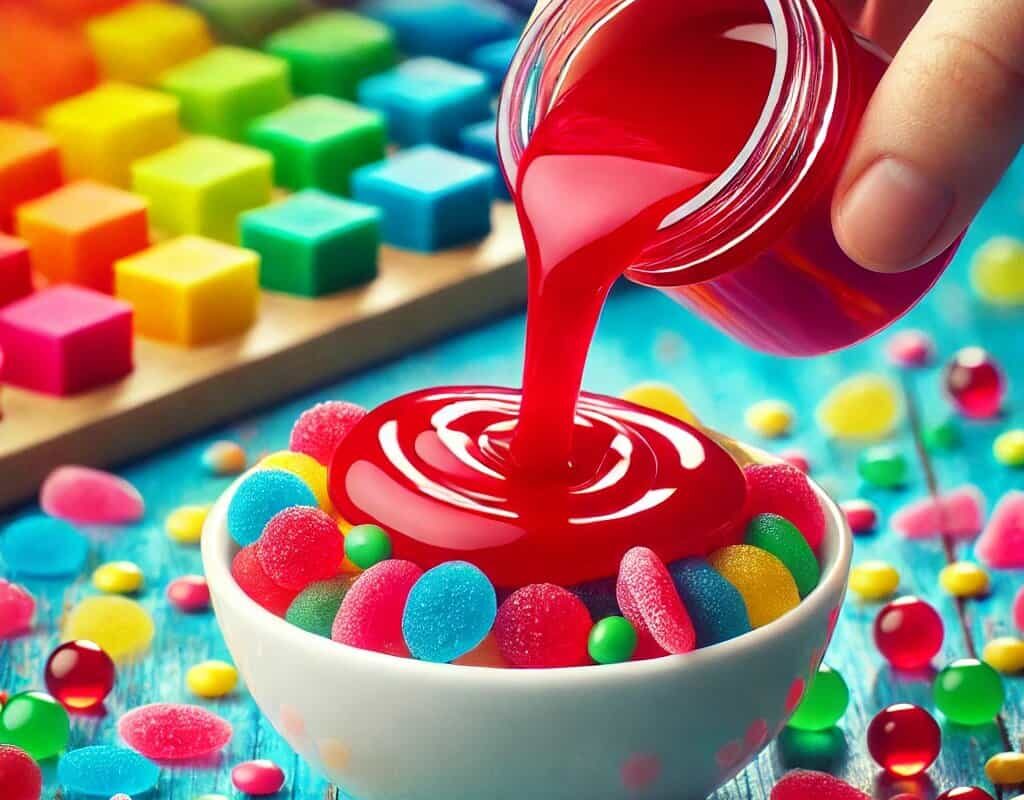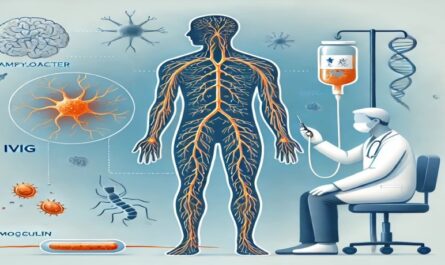Understanding the Controversy and Uses

Red Dye 3, also known as Erythrosine, is a synthetic red food colorant commonly used in a variety of food products, cosmetics, and pharmaceuticals. It has been a subject of both widespread use and significant controversy due to concerns about its safety. This article explores the history, uses, safety concerns, and current status of Red Dye 3.
What Is Red Dye 3 (Erythrosine)?
Erythrosine, or Red Dye 3, is a synthetic dye made from the coal tar family of dyes. It was first synthesized in the early 20th century and has since been used extensively as a coloring agent in many processed foods, beverages, cosmetics, and even some pharmaceuticals. Its striking red-pink color makes it particularly popular in products like candy, baked goods, and cosmetics, as it provides a vivid, long-lasting color.
The chemical structure of Erythrosine consists of a xanthene ring system, and it absorbs light in the red to pink portion of the visible spectrum, contributing to its distinctive color.
Common Uses of Red Dye 3
Red Dye 3 is used in a range of consumer products, though it is especially prominent in:
- Food and Beverages: It is often found in candies, fruit-flavored drinks, ice creams, and jellies. It is also used in maraschino cherries, cocktail cherries, and sometimes in processed meat products.
- Cosmetics and Personal Care: Red Dye 3 is used in makeup products such as lipsticks, blushes, and other cosmetics that require a red or pink hue.
- Pharmaceuticals: The dye can be used in the coating of certain medications and tablets to make them more visually appealing or to distinguish between different types of pills.
Safety Concerns and Controversy
While Red Dye 3 is approved for use in food and cosmetics by regulatory agencies in many countries, its safety has been a matter of ongoing concern, particularly in the United States.
- Animal Studies and Carcinogenicity: Animal studies in the 1980s raised concerns about the potential carcinogenicity of Red Dye 3. In particular, studies conducted on rats and mice indicated that high doses of Erythrosine caused thyroid tumors, leading to the dye being classified as a possible carcinogen. In 1990, the U.S. Food and Drug Administration (FDA) banned the use of Red Dye 3 in cosmetics and external drugs due to these findings.
- Human Health Risks: While the evidence from animal studies raised alarms, studies in humans have not provided conclusive evidence of harm from Red Dye 3. However, concerns persist about possible links to hyperactivity in children, similar to other artificial food colorants. This has led to increasing calls for more comprehensive human safety testing.
- Regulation and Bans: Despite concerns, Red Dye 3 continues to be allowed in food products in many countries. However, some countries have stricter regulations or bans on its use. For example, the European Union has banned the use of Erythrosine in food products, while the United States continues to allow its use, but it is regulated and only used in certain quantities.
- Alternatives and Trends: The growing demand for natural and organic food products has led to a reduction in the use of synthetic dyes like Red Dye 3. Manufacturers are increasingly turning to plant-based colorants such as beet juice, hibiscus, and other natural sources to avoid the controversy surrounding synthetic dyes.
Current Status and Conclusion
While Red Dye 3 remains approved for use in specific applications, particularly in the United States, it has faced growing scrutiny due to its potential health risks, especially in high doses. In light of concerns about synthetic food colorants in general, the trend toward natural alternatives in food production is increasing. Additionally, the regulation of food dyes continues to evolve as new research emerges.
Consumers who are cautious about artificial additives can check ingredient labels carefully to avoid products containing Red Dye 3, as well as other synthetic dyes, especially in light of its controversial history. As always, balancing moderation with awareness remains key when consuming food products containing synthetic additives.
In summary, Red Dye 3’s use in food and cosmetics highlights the broader debates around synthetic food colorants, the regulatory environment, and consumer safety. While it is still allowed in many products, growing concerns over its potential health risks suggest that its future use may evolve as more research and consumer preferences shape industry standards.
Kindly See this Video: https://www.youtube.com/watch?v=BySONCyZ18A


